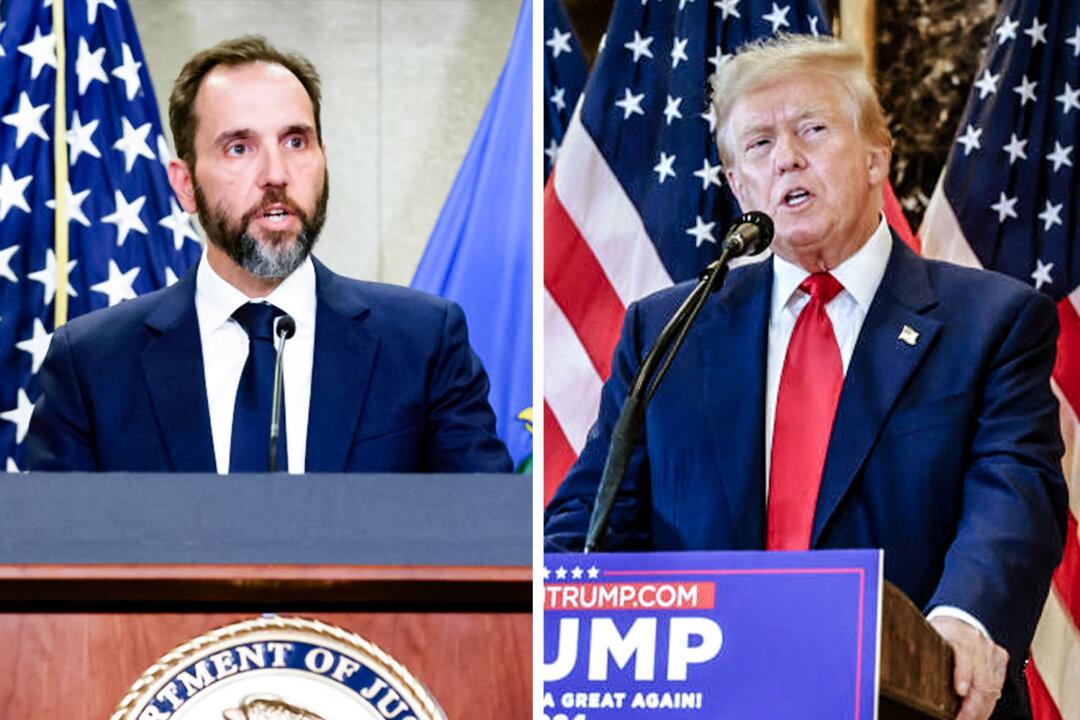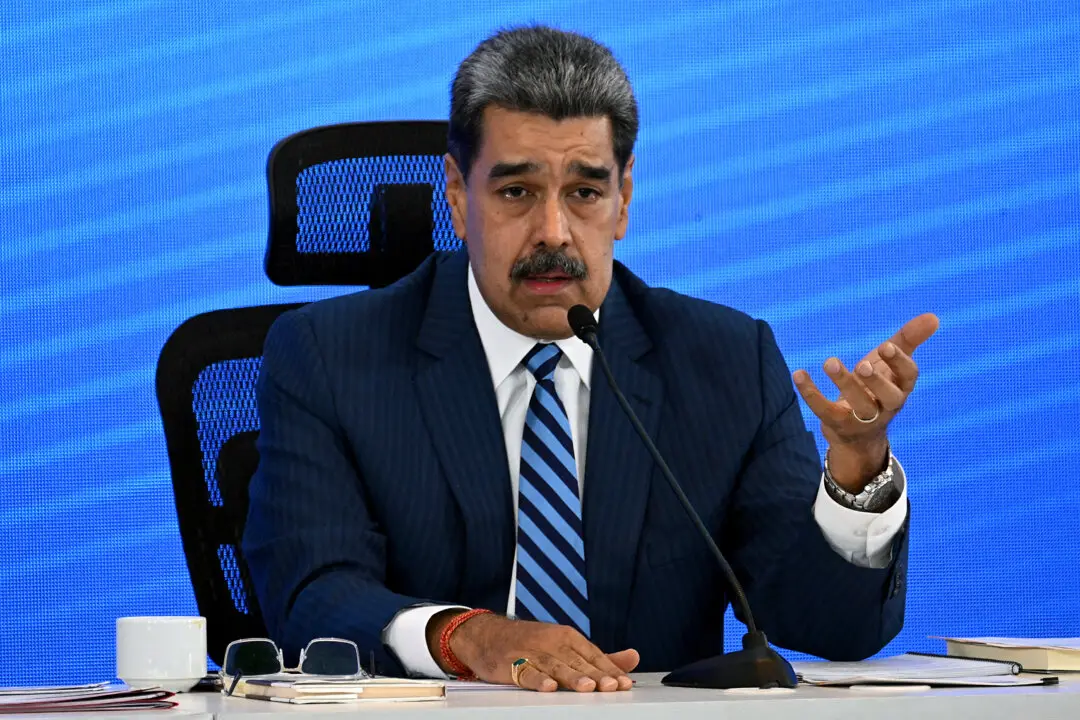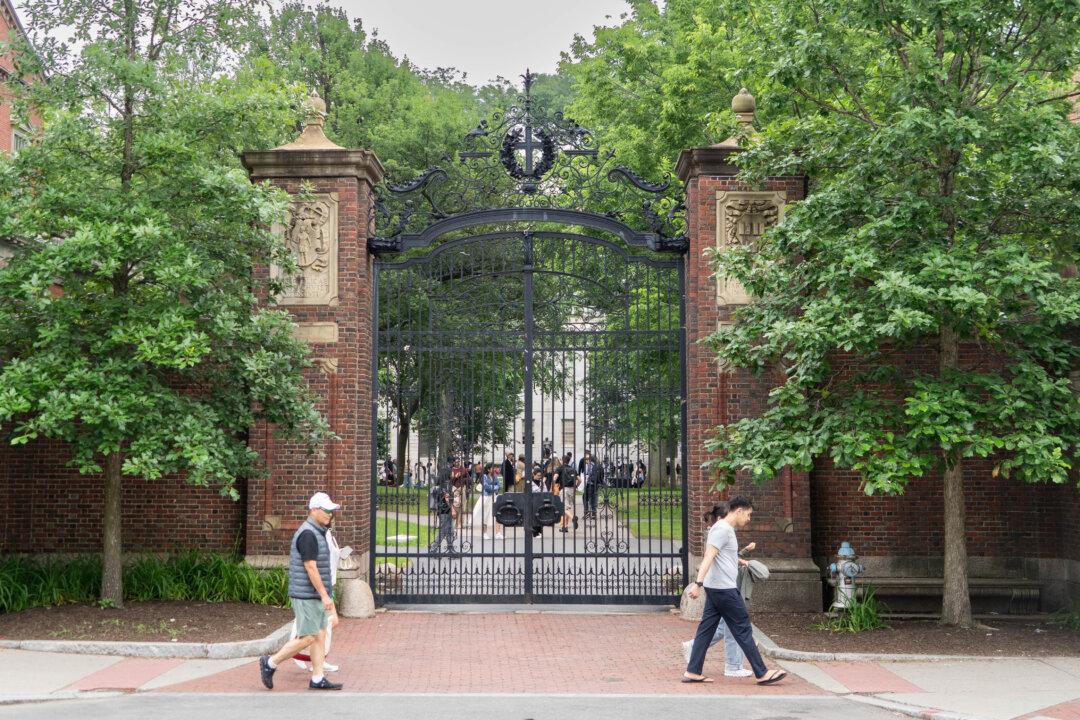Former President Donald Trump filed a brief on Oct. 3 to dismiss two counts in special counsel Jack Smith’s superseding indictment based on the Supreme Court’s ruling in a separate case that covers laws used by Smith.
The Supreme Court ruled this summer that the Justice Department had used too broad an interpretation when applying the Sarbanes-Oxley financial reform law to Jan. 6 defendants. The obstruction provision they ruled on—Section 512(c)(2)—is the basis for one of Trump’s counts and implicated in another.





